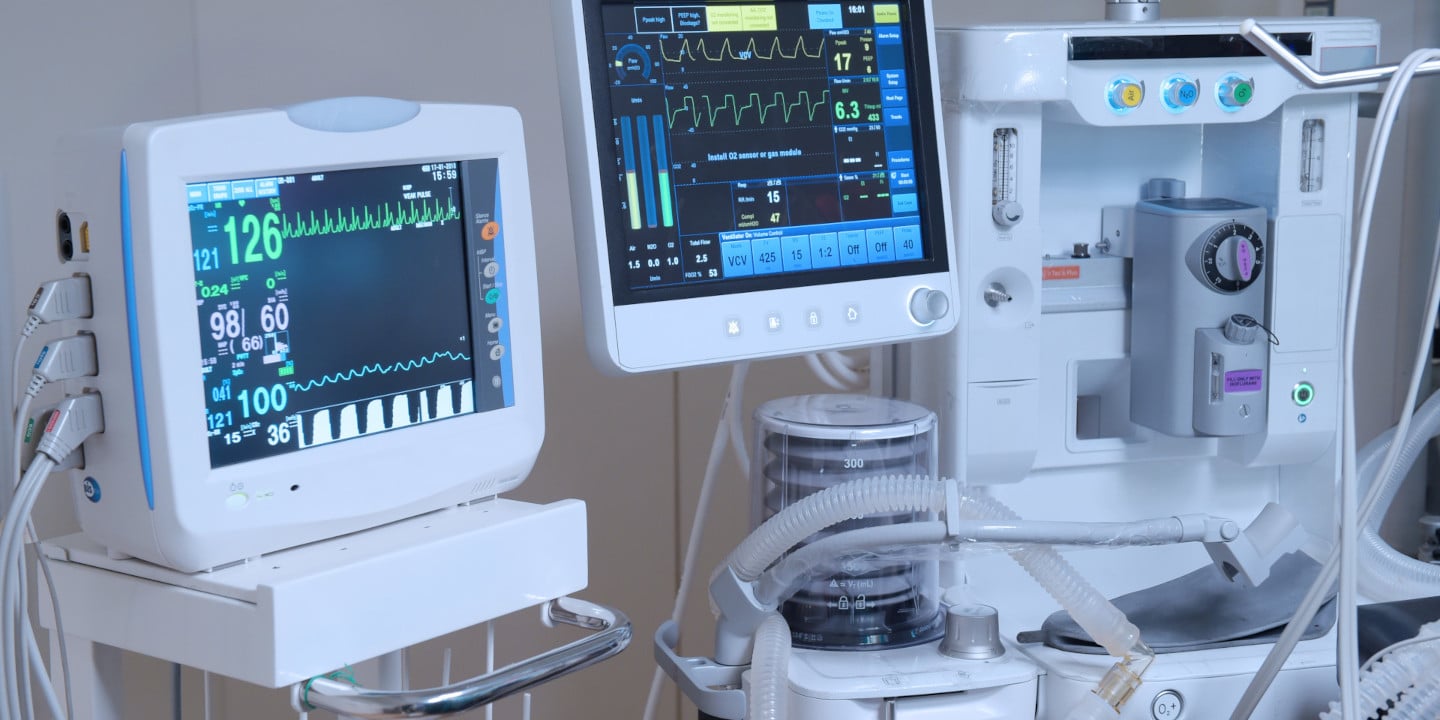Play the Long Financial Game With

The cost of delivering healthcare in the United States is staggering — and it only gets more expensive each year. Regardless of the price tag, integrated delivery networks (IDNs) and hospitals must have reliable, well maintained, and fully functioning biomedical devices and equipment in order to deliver high levels of care and patient satisfaction.
Even though providers are mandated to cut costs and squeeze margins, they still need to update their aging medical equipment. Modern devices have a high level of complexity, including “hidden” costs, such as installation and maintenance. Frustratingly, the more a hospital or health system spends on equipment, the more those purchases cut into already-slim margins that can impact the level of care they provide.
As many providers have come to realize, only so much can be done to reduce costs by eliminating services or optimizing staff. As a result, one of the biggest opportunities for cost cutting is analyzing biomedical device spending. Understanding not just how much a piece of equipment costs to acquire or maintain, but evaluating the total cost of ownership (TCO), allows planners to make the right choice.
There is often fierce competition across departments for the scarce budgets available for capital assets. When called upon to justify investing in expensive equipment, managers and administrators must understand the difference between the acquisition price and the TCO of any biomedical device. An upfront-price-oriented approach can work well in the short-term, resulting in lower purchasing costs, but may not be at all cost effective over the lifecycle of the device, which can have a significant impact on aggregate bottom-line operating expenses over time.
Few organizations have all the data they need to understand how purchasing a new $1 million imaging device will inflate their day-to-day operating expenses. Even if they do understand the concept, communicating the impact so that the future OPEX forecast is adjusted may not happen. Depending on an organization’s procurement processes, OPEX costs accumulate and can become extensive enough to negatively and unexpectedly impact operating margins. That’s why it’s critical to factor them into an organization’s purchasing process model.
For example, if an asset fails unexpectedly, it becomes an unexpected cost that hits both OPEX and CAPEX forecasts. This situation can rapidly become expensive due to lost revenue, lost productivity, the cost of coordinating unplanned repairs, and the potential negative patient impact. If the failure is catastrophic, it can also result in the need to replace or lease a replacement device, which your finance organization may not be prepared to fund — and thus require cuts in other budgeted capital expenditures.
Having a more strategic view of real-world equipment lifecycle and reliability data informs the capital budgeting, procurement, and financial model — and helps protect against the unforeseen expenses that lack initial visibility in the equipment planning process.
Manually calculating TCO is incredibly challenging. Attainia by Revalize provides deep performance and budgeting insight for tens of thousands of medical equipment devices, making it easy to track CAPEX and OPEX before making a purchase.